The Evolution of Bicycle Design – Why do our bikes look the way they do?

Polarize, disrupt or please. Stand out or blend in? Modern mountain bikes are full of new technologies and innovations, but many look very similar or are difficult to distinguish at first glance. Design plays a crucial role in many ways. What’s going on here?
We’ve all seen the endless “looks like a session” comments under new bike launches. Of course, these comments and jokes are not entirely unfounded, as many modern bikes are almost indistinguishable at first glance, both in-house and when compared to other brands. Why this? Why do our bikes look like this? Why can you spot a Santa Cruz from a mile away and why does the color turquoise remind you of a specific brand of bicycle?
Why bicycle design is so important
Given the sheer volume of bikes and over 100 different brands, it’s hard to stand out and be remembered. A distinctive design determines whether a brand is seen or overlooked and triggers emotional reactions. It doesn’t matter whether the design is polarizing, disturbing or more visually appealing – a clearly recognizable design promotes sales.
In the best case scenario, the appearance of the bike not only increases brand awareness, but in some way also reflects the company’s values and image, often unconsciously. The Spanish bicycle brand UNNO, whose bikes have caused a lot of attention and attention in recent years, clearly shows the value they place on modern and polarizing design with a futuristic and striking look. SCOTT developers are increasingly hiding the shock absorbers and cables inside the bike, making the bike look like an integrated unit. Integration is at the top of the Swiss brand’s priority list. In contrast, bikes like the RAAW Madonna put full emphasis on functionality and handling, with a simple, industrial look and no bling or frills. To name just three examples of modern bicycle companies whose credo is manifested in the design language of their bicycles.
How much (if any) attention a brand pays to its design and what it wants to achieve with it depends of course on its philosophy and means, because there are many other ways to shape a brand’s image. For example, CUBE and Canyon bikes are known for their affordability and sales concept and are therefore remembered.

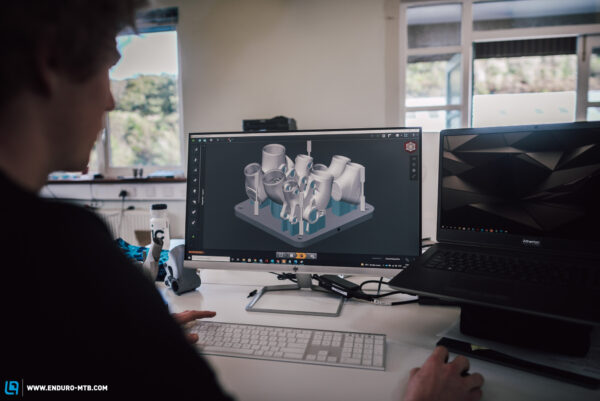
Why do so many bikes look so similar?
In contrast to many other products, bicycle frames are not only extremely functional and form the basis of every bicycle, but also determine its appearance. This poses particular challenges, but it also presents certain opportunities for bike manufacturers as it allows them to place a much greater and more obvious focus on their technology. While in a car the technical innovation is hidden under the body panels, completely independent of the exterior design, in a bicycle the shape and structure are linked.
If you look at the design of a bike, that is Rear suspension concept plays a huge role. In other words: the articulation, kinematics and position of the shock absorber. The options are far more limited than the number of bikes – at least at first glance. Obviously, you will see single pivot, Horst links, or four-bar linkages on many different bikes from different brands. Of course, there is also the frame material, which has a decisive influence on the shape and appearance of the frame. Again, the options are limited and most bikes we ride today are made of either aluminum or carbon.
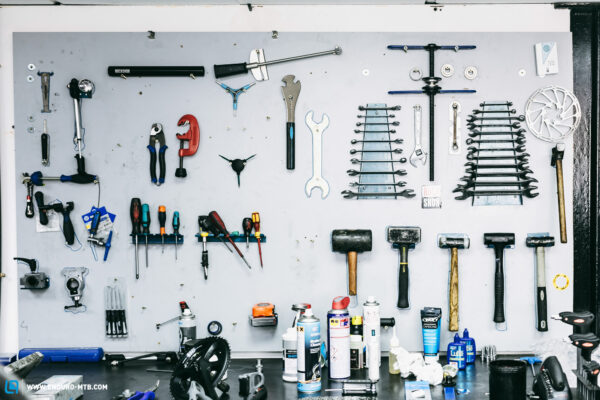
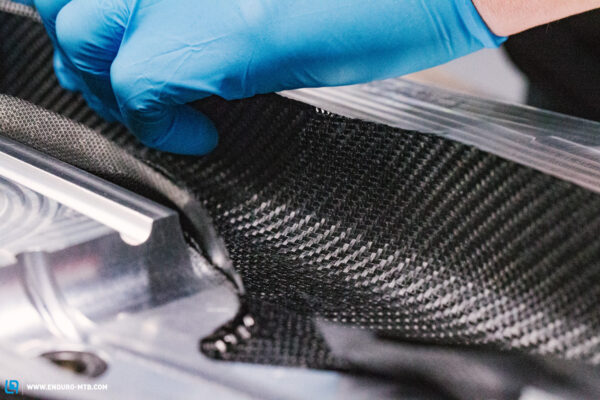
Of course, both the rear suspension concept and the choice and processing of the frame material offer opportunities to stand out from the crowd or to develop something completely new that no one has dared to try before. What is much more exciting, however, is that manufacturers usually choose not just the look of a single bike, but their entire product range, bringing in all their know-how and of course also trying to minimize costs. A concept and the technology based on it must not only work for one model, but for the entire product portfolio – otherwise the recognition value of the brand would suffer. This overarching design aspect gives brands the opportunity to truly stand out from the crowd. As a result, the same proportions and shape of the head tube or seatstay are often found across the range, which, combined with the rear suspension concept and choice of frame material, gives a range of models their true recognition value. This uniformity has the practical side effect for manufacturers: Since all or at least a majority of a brand’s bikes are developed and produced in a similar way, they can reduce their design and procurement costs. It also simplifies the procurement of spare parts for consumers, as this also applies to the technical solutions such as cable clamps, frame protectors and bearings.


Bicycle design and brands through the ages
Bicycle designs inevitably have to move with the times and therefore change. It is crucial not to fall behind technologically, implement improvements and shape the current brand image. New design aspects make it possible to differentiate current models from their predecessors and thus create further selling points.
One of the most striking examples of this is SCOTT. Through gradual development, the Spark’s shock absorber was moved from a vertical to a horizontal position and finally fully integrated into the frame. A year after introducing the Spark’s new, fully integrated design, the Swiss brand adopted it for its trail bike, the Genius ST, and we can expect its enduro bike, the Ransom, to follow suit, marking the new line of SCOTT will continue the range and strengthen the recognition value of the brand.
The same goes for Santa Cruz, which all look quite similar from a distance. From one bike to the next, almost the entire portfolio adopted the striking VPP rear triangle concept with its low-lying damper. The Nomad 4 was the first bike with this look in 2017, inspired by the V10 downhill bike’s rear triangle, and just 6 years later, 9 of the 11 full suspension MTBs in their lineup feature this design, making them almost a standout from each other to distinguish.
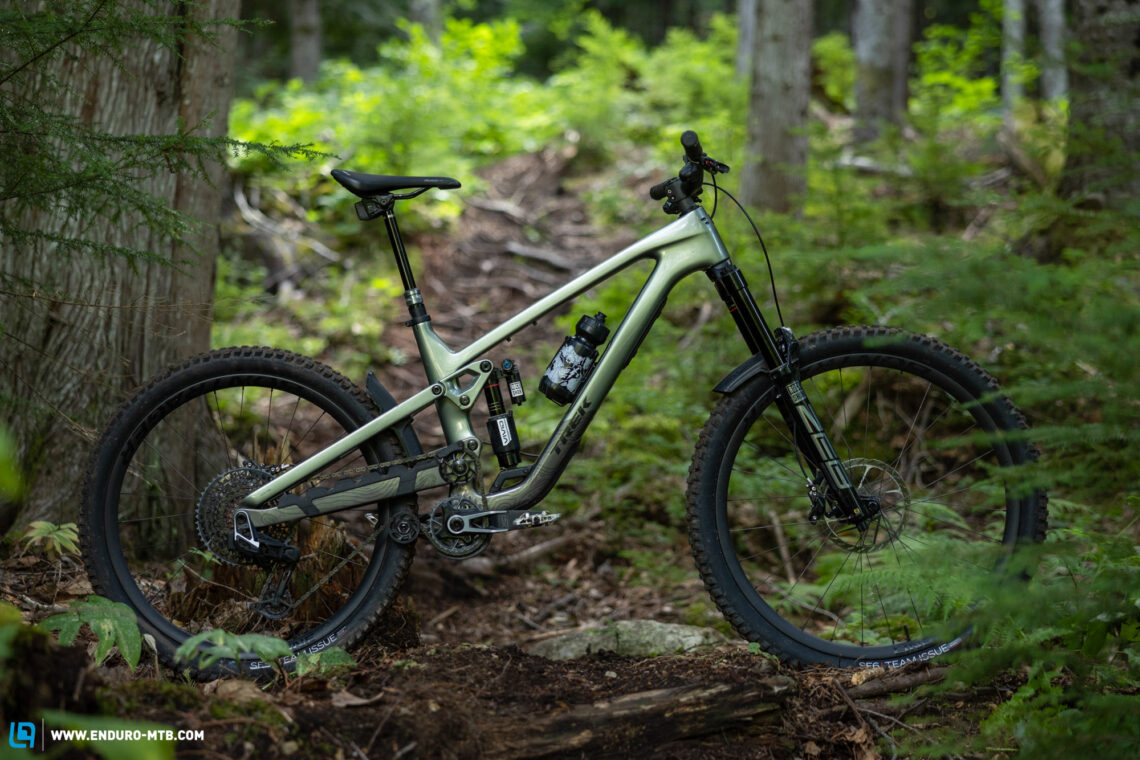
Trek, in contrast, took a completely different approach despite inspiring the “Looks like a Session” movement. Their new Fuel EX – which came out last year – seems to have little in common with the newly launched Slash and its high-pivot rear end. Of course, there are subtle similarities in the shape of the struts, the head tube and other details, but the recognition value of the different model series is significantly lower compared to SCOTT or Santa Cruz.
However, certain designs such as a high-pivot rear triangle do not make sense for every discipline and make it difficult to transfer to a light trail bike, for example. That’s because the supposed advantages of certain rear triangle designs – like the rearward axle path that makes a high-pivot rear wheel more capable off-road – might make sense on an enduro or downhill bike, but not on a cross-country one. or trail bike other riding characteristics are more important.
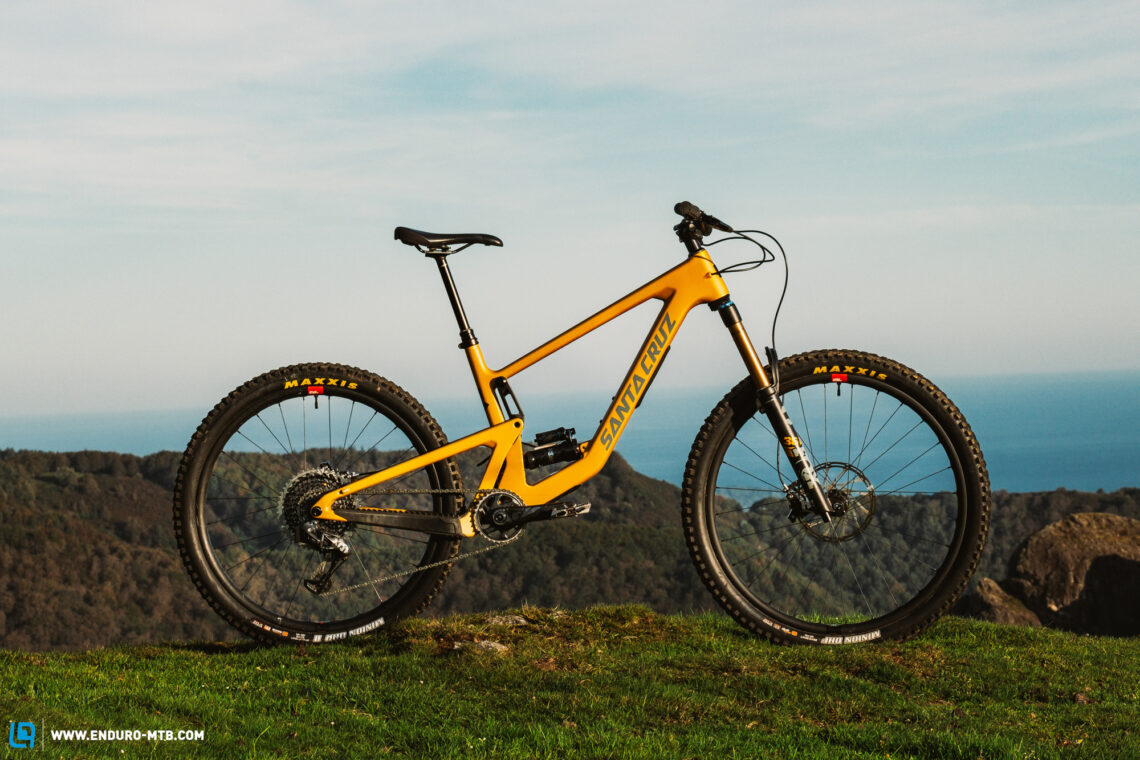
So to what extent does a bike’s design influence its performance and is this still prioritized in the design of modern bikes? What compromises are brands willing to make just to achieve a certain recognition value or to adapt models to their range? Brands approach this in different ways: for example, Santa Cruz designs its bikes specifically for one wheel size, so they are not convertible like you find with other brands, which offers clear advantages in terms of handling and for a specific use case. On the other hand, all of their bikes rely on the same VPP rear triangle, whether it’s a 120mm XC bike, a heavy e-MTB or a 170mm bike park bike.
As a customer, you decide for yourself how important the appearance and design of a bicycle are, because there are many other criteria on which your decision can ultimately be based, such as the general brand image, the service network, community projects such as: B. Being together or just the availability of a bike.
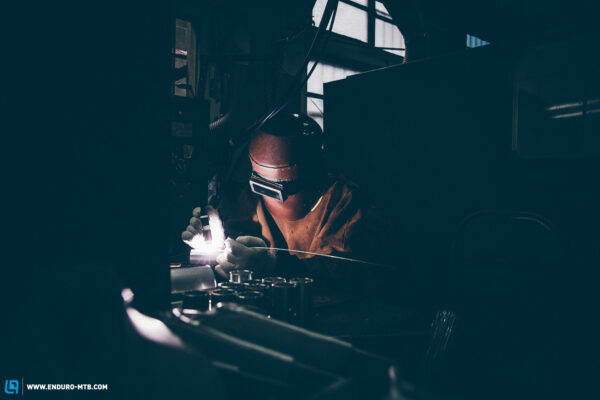
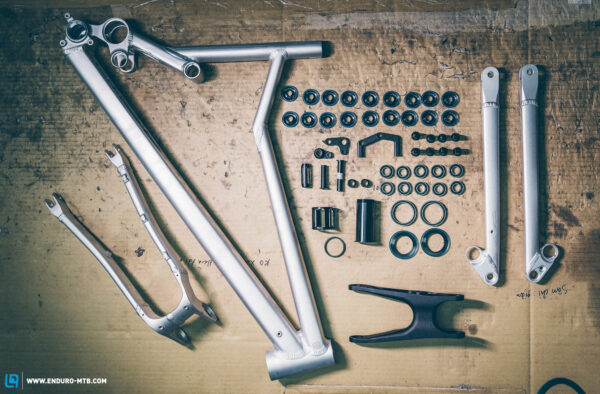
What will bicycle design look like in the future?
What does the future hold? The massive increases in sales in recent years have of course led to rapid development of the market. The constantly increasing demand for sustainable products is also leading to more and more companies relying on recyclable materials, new production methods and changed production processes, such as relocating production from Asia closer to the actual market. Of course, this regionalization and the associated adjustments also have an influence on bicycle design, although it is usually difficult to detect.
The use of new materials and small-batch-friendly manufacturing processes such as ribbed carbon frame construction open up new technical possibilities and significantly improve the speed and cost of prototyping and small-batch production. If you want to know more about this aspect, be sure to read our dedicated article on alternative production methods.
On the other hand, we are seeing more and more platform approaches for greater cost efficiency and speed. This is borrowed from the automotive sector and is particularly relevant for bicycle brands with large investors and huge product ranges. By transferring existing technologies, such as the VPP rear triangle or MERIDA’s FAST chassis, the development of new bicycles is much easier, faster and more cost-effective. Smaller details and design aspects can also be incorporated, including small parts such as bearings, which can be ordered in larger quantities and thus provide economies of scale. Of course, end users also benefit from easier spare parts procurement and lower development costs, provided the savings are passed on to customers.

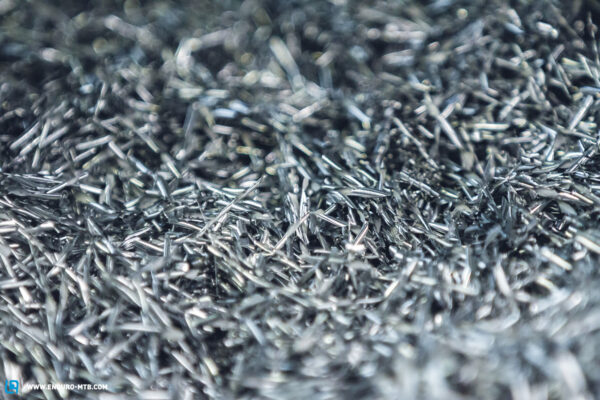
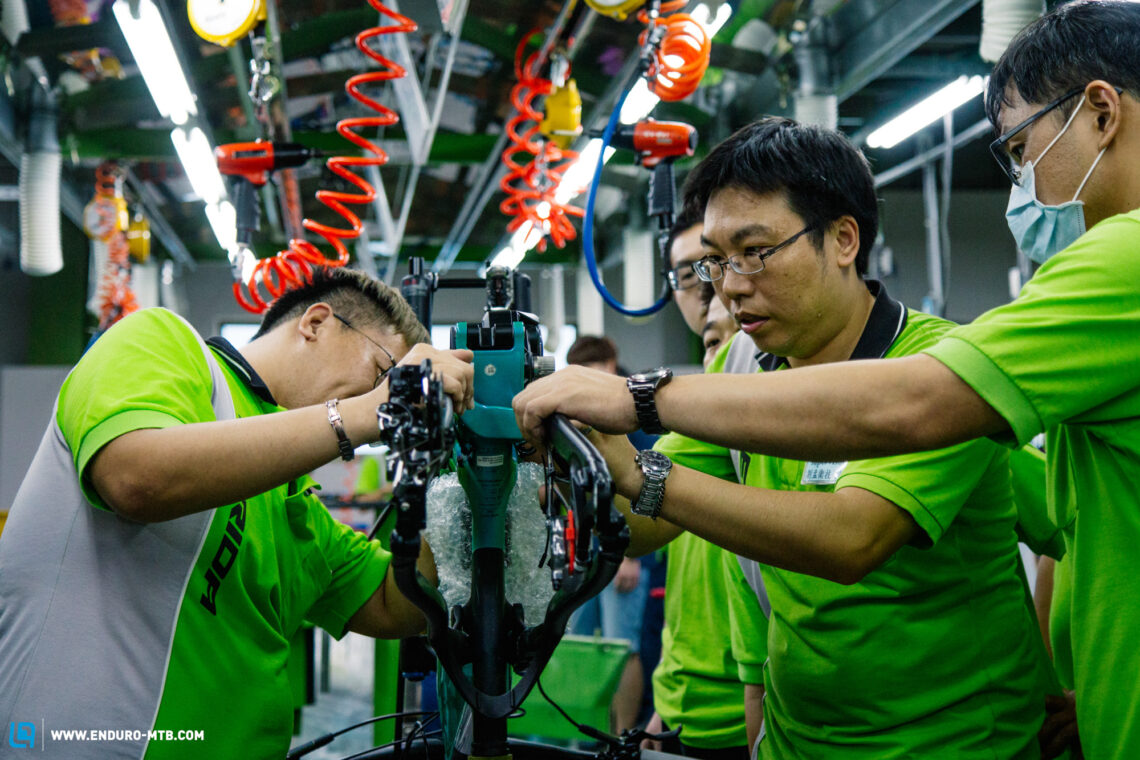
The standardization of the dimensions of certain components such as hub widths that we have hoped for and experienced in recent years is now increasingly spreading to the development of frames or entire frame platforms and will hopefully save us a lot of money, resources and nerves for the future. Will this make the bike designs of the future boring and monotonous? That remains to be seen. However, it is clear that the bicycle industry is full of innovative and creative minds and development cannot be stopped. But the tinkerers and individualists will also do their part, and if you want a completely unique bike that stands out from the crowd, you’ll always find custom options if you’re willing to pay for them, although usually Smaller brands that are able to produce small quantities or individual pieces have to resort to this.
Diploma
Design can and must move with the times, because the values and philosophy on which a brand is based are constantly evolving. It is up to every brand to find the right balance between functionality, design and recognition value. The crux of it all is to incorporate innovation and create fresh new looks without rocking the boat or changing customers’ perception of the brand too much or in the wrong direction.
Did you like this article? Then we would be happy if you would support us with a monthly contribution. By supporting ENDURO, you are helping to ensure a sustainable future for quality mountain bike journalism. Click here to find out more.
Words & Photos: Peter Walker
